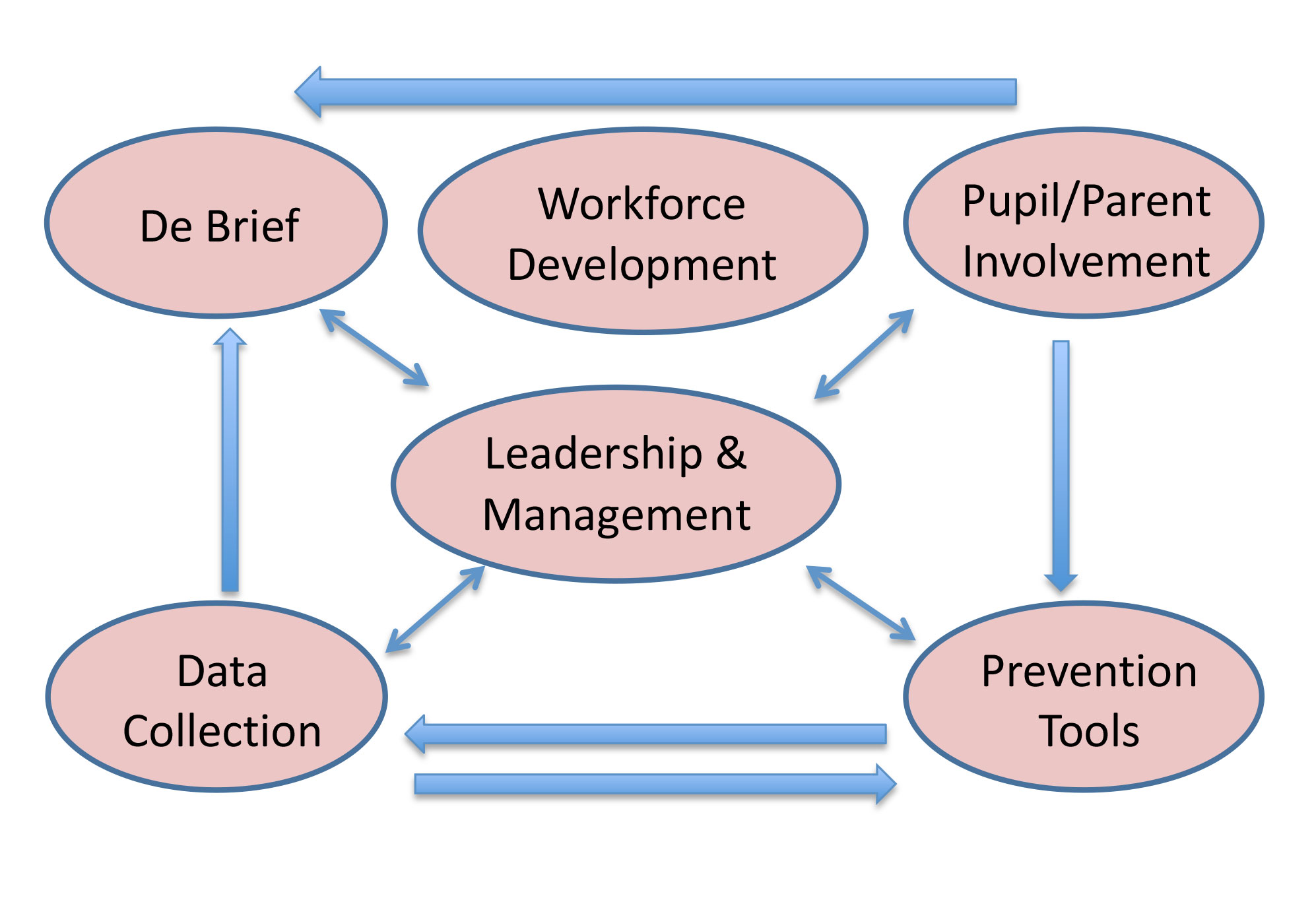Reducing the use of physical intervention and restraint in special schools - one academy's story

Maria Taylor, Co Principal, on Wishmore Cross Academy's aim of reducing restraint and physical intervention, including the justification behind the plan, and the results.
The use of restrictive physical interventions has been, and still is, common practice in many special schools.
It is used with pupils who have social, emotional and mental health needs (SEMH), those who display extreme behaviour in association with learning disability and/or autistic spectrum disorders or for pupils with severe behavioural difficulties in some mainstream settings.
Changes to guidance
Following the Winterborne View scandal[1] and the Department for Health’s publications of guidance such as Positive and Proactive Care: reducing the need for physical interventions [2] and Positive and Proactive Workforce: skills for care [3], the guidance with regards to the use of restrictive physical interventions significantly changed for adults (18 and over) in health and social care settings.
However, despite the Department for Education’s promise, they have yet to release guidance for young people in educational settings and schools continue to be allowed to: “use reasonable force to prevent pupils committing an offence, injuring themselves or others, or damaging property and to maintain good order and discipline in the classroom”[4].
As senior leaders in a residential special school for pupils with SEMH, we welcomed the new guidance - albeit for adults - as we had never been comfortable with the use of restrictive practices.
We recognised that sometimes, physical restrictive interventions may be required to keep both staff and pupils safe.
However, we felt on occasions the use of physical intervention was used as a first as opposed to a last resort in order to gain compliance and deal with an incident quickly, rather than taking time to use de-escalation strategies.
As a leadership team we agreed that if the guidance issued by the Department of Health was good enough for adults, then it should be good enough for the pupils in our care, hence a restraint reduction programme was implemented.
Our approach to restraint reduction
A senior leader undertook a BSc in Restraint Reduction at Wolverhampton University.
It quickly became apparent that if we were to be successful in reducing the use of restrictive physical interventions, we needed to support the mental health needs of our pupils rather than concentrating on their behaviour, which was a result of not having their mental health needs met.
As part of the degree programme the senior leader researched models of restraint reduction and we decided to base our programme on Huckshorn’s Six Core Strategies[5].
This was a three-year research project across eight States in the USA in 18 hospital sites. The programme was deemed very successful in reducing the use of seclusion and restraint within these organisations and is now recognised as evidence-based practice.
Huckshorn identified six key areas that need to be in place:
- Leadership towards organisational change
- Use of data to inform practice
- Workforce Development
- Consumer Involvement
- Use of prevention tools
- Use of debriefing techniques.
Using the above headings, the model below was adapted for use in a SEMH setting:

The results
As a result of implementing this model, the number of restrictive physical interventions as a percentage of the number of pupils on roll has decreased from 16% in 2013/14 to 1.8% in 2015/16.
In addition to achieving our goal of reducing the use of restrictive physical intervention, the implementation of the programme has also resulted in unexpected but significant improvements in other key performance indicators.
The number of days lost to fixed term exclusion has been reduced by 66% and the amount spent on vandalism/damage has been reduced by 22%. Staff and pupils have also told us that such changes have resulted in a much safer and calmer environment, something Ofsted picked up on in their latest inspection:
A senior manager has undertaken academic, research-based study, on the emotional impact of physical restraint. This has resulted in a restraint reduction programme being introduced across the school, and there has been a dramatic decrease in the number of incidents resulting in restraints. No young people have been restrained within the residential houses since the last inspection.
(Ofsted 2016)
Where next? 0% intervention and training
In the next academic year, the Academy aims to become a restraint-free organisation.
We recognise that for some of our pupils, who have been used to having their behaviour managed with restrictive physical interventions in other settings, that this transition will need to be managed. Despite this we are confident that we can reduce our current 1.8% intervention statistic to nothing.
We are also going to share our expertise and experiences by delivering training in mental health to staff in 140 schools across four London Boroughs over the next academic year, allowing hundreds of staff in mainstream settings to have a greater understanding of how mental health needs and trauma impacts on the development, learning and ultimately the behaviour of the pupils in their care.
Everyone within the Academy is extremely proud of what we have managed to achieve in such a short period of time.
It goes to show that with the correct programmes in place, restrictive physical interventions can be a thing of the past.
References
1 Department of Health (2012) Transforming care: A National response to Winterbourne View hospital. London: Department of Health.
2 Department of Health (2014) Positive and Proactive Care: reducing the need for restrictive interventions. London: Department of Health.
3 Department of Health (2014) A Positive and Proactive Workforce A guide to workforce development for commissioners and employers seeking to minimize the use of restrictive practices in social care and health. London: Department of Health.
4 Department for Education (2016) Behaviour and Discipline in Schools Advice for Headteachers and school staff. London: Department for Education.
5 Huckshorn, K. (2004) Reducing seclusion and restraint in mental health settings: core strategies for prevention. Journal of Psychosocial Nursing and Mental Health Services, 42(9), pp.22–33.